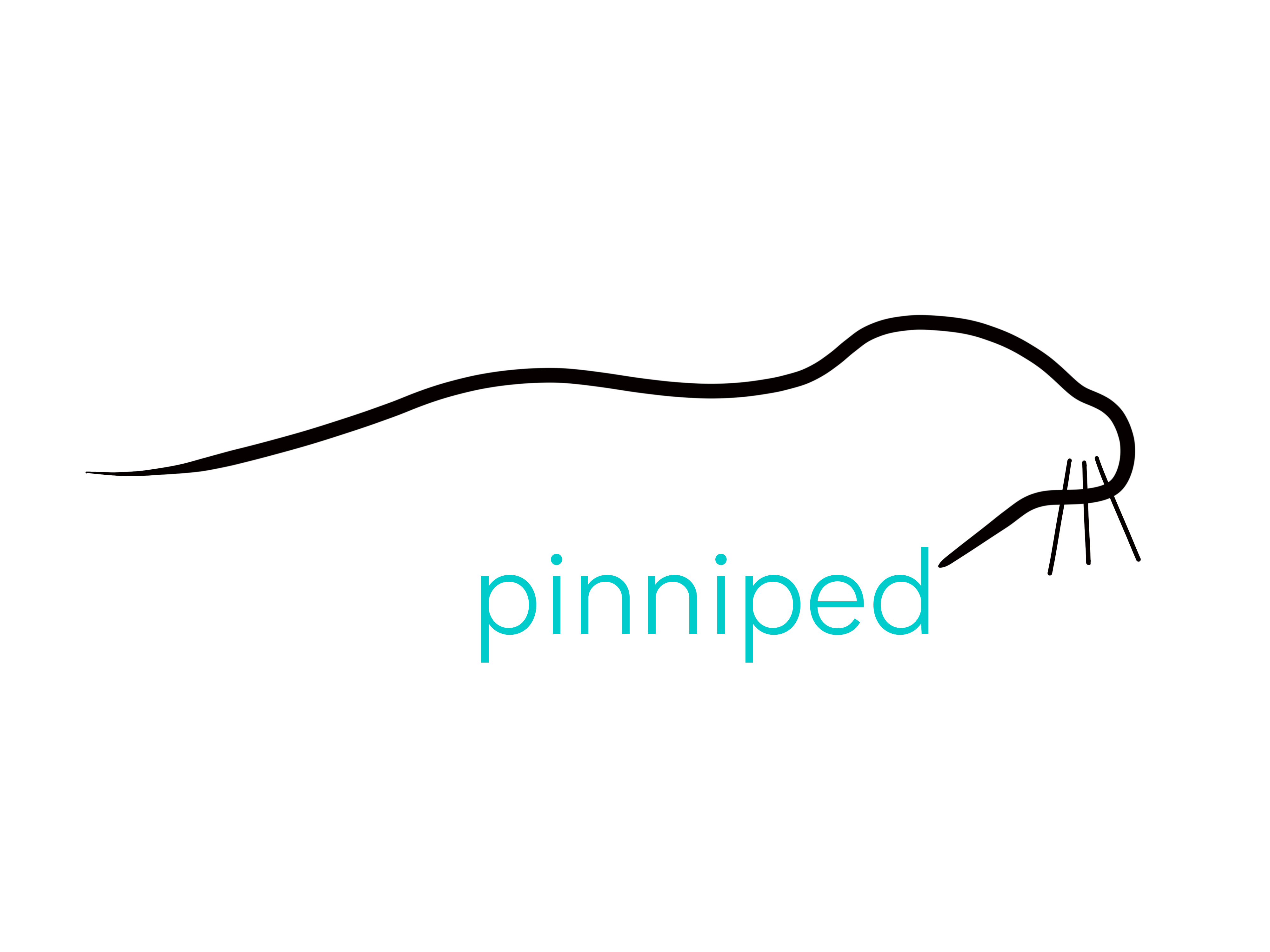After a break last week, we are back today with our next #SealSunday, this time on the Spotted Seal!
The Spotted Seal (Phoca largha) is closely related to our Harbour Seal, and at a glance they bear a strong resemblance. With the large variation in coat pattern and colouration in the Harbour Seal, the species is frequently spotted, and this makes distinguishing them from the Spotted Seal fairly difficult. In addition, where their ranges overlap, the two species will often haul out together. However, it has been established using mtDNA studies, that the two are indeed distinct species, different in morphology, reproduction patterns, and behaviour. The Spotted Seal’s pelt pattern features characteristically dark spots all over the body. The species is found in the northern Pacific Ocean and adjoining seas, including the Bering, Okhotsk, Yellow, Bohia, Chukchi, Beaufort, and Sea of Japan. They are an Arctic/ subantarctic species which largely breed on ice, but will also haul out on land, moving into coastal areas and river mouths during other times of the year.
As a generally shy and unapproachable species, the seals are solitary except for when they haul out in large numbers for breeding. As mentioned above, this is usually on ice, however as testament to their adaptable nature, if ice is lacking, they will do so on land. The breeding season starts during wintertime, with the first pairs arriving in January, and starting to pup towards the onset of spring. Copulation will have occurred approximately 10 months before, in the water, and the pairs are thought to be monogamous. Once the pup is born, the male, female and pup will exist in what is known as a “triad,” where the pup is nursed and weaned relatively quickly. Weaning can occur as soon as 2 weeks (particularly in some Japanese colonies), or may stretch as long 6 weeks. After this time the juvenile loses its first coat and begins to learn to forage, and hone its water skills.
Population estimates on the Spotted Seal are sparse and inadequately sourced, however, given all the best data available at this time, the IUCN has suggested a worldwide number of approximately 643, 300, which makes this species Least Concern for now. However, among the threats they face, scientists cite intensive fishing, oil and gas industries, and the reduction of sea ice as potentially the most severe. In some areas there is conflict with fishermen which can result in individuals being shot, but as they are a generalist predator, they are quite adaptable to foraging for different fish species and surviving in different environments. Common species incorporated in the diet include: pollock, cod, rockfish, herring, smelt, capelin, salmon, flatfish, squid, octopus, shrimp, crab and krill.
The gorgeous photo of a Spotted Seal on our Blog page was taken by Josh London, on assignment with Arctic seals for NOAA. If you would like to learn more about the Spotted Seal, visit the Pinnipedia, or go straight to www.pinniped.org/front-page/pinnipedia/spotted-seal. Happy #SealSunday!

